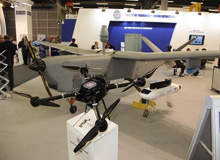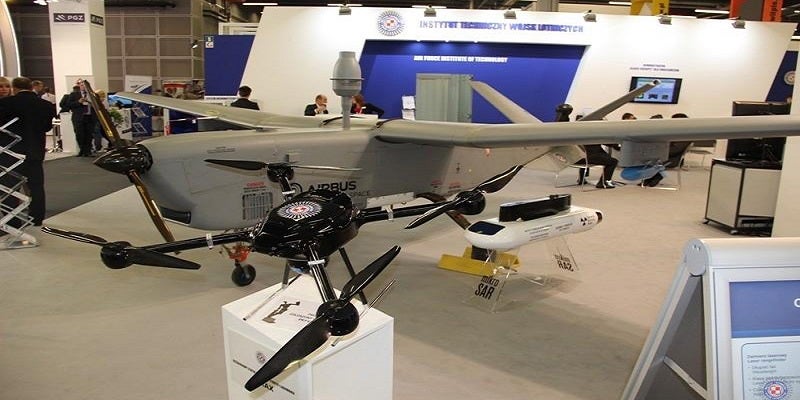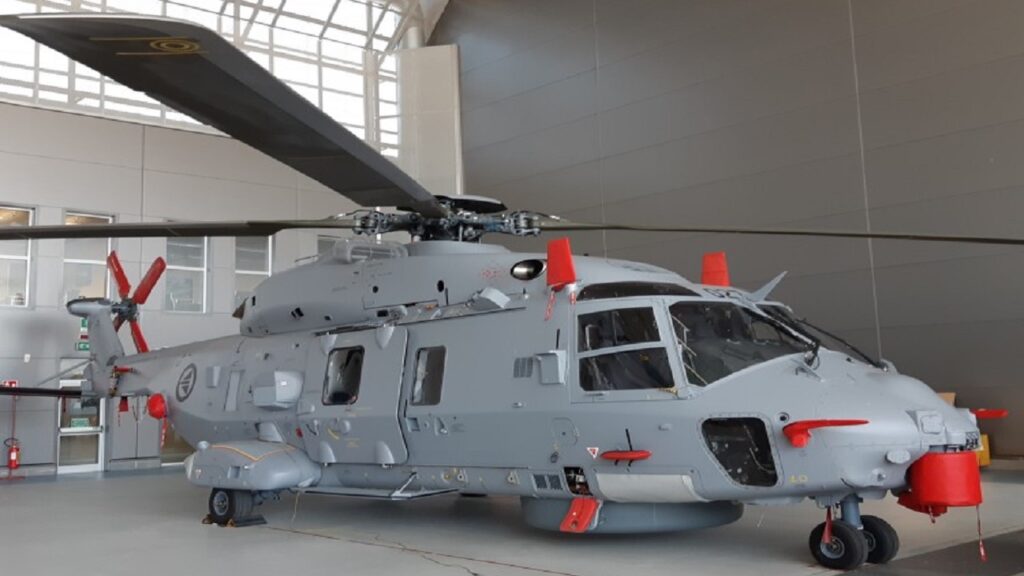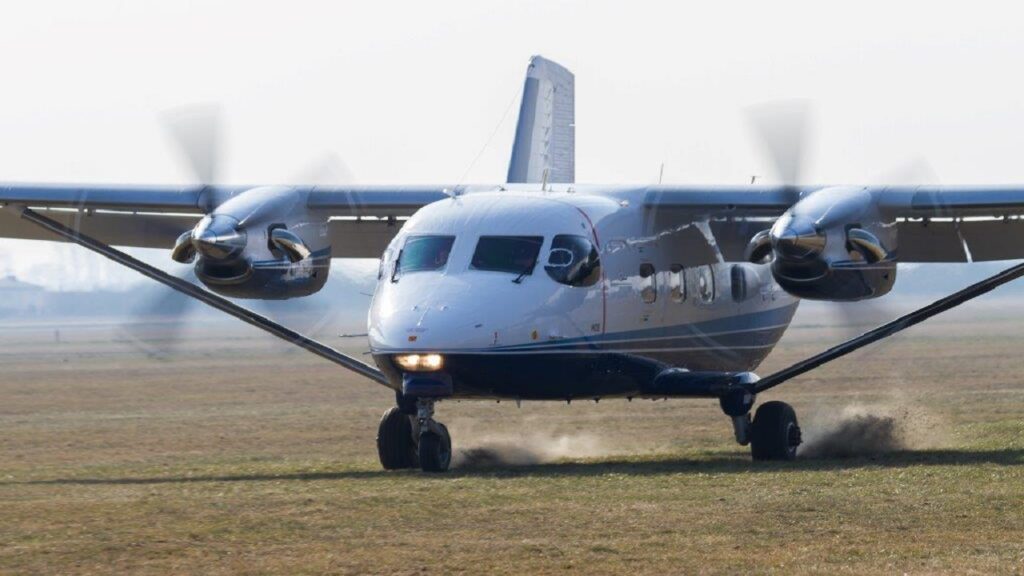

Atrax is a vertical take-off and landing (VTOL) unmanned aerial vehicle (UAV) developed by Polish scientific and research organisation Air Force Institute of Technology (AFIT), for both military and civil missions.
The military variant is intended for use in reconnaissance, surveillance, and search-and-rescue (SAR) missions. The Atrax can be used by the police or government agencies in various applications such as natural disaster assessment, patrolling urban areas, pollution study, protection of critical infrastructure, as well as monitoring forest areas, high-voltage power lines, pipelines and railway infrastructure.
The UAV was first exhibited during the 13th Balt Military Expo held in Gdańsk, Poland, in June 2014. It also took part in the IDET 2015 (International Defence & Security Technologies Fair) held in Brno, Czech Republic, as well as in the 23rd International Defence Industry Exhibition (MSPO) held in Kielce, Poland, in September 2015.
Atrax unmanned aerial vehicle design and features
The Atrax rotorcraft system consists of an unmanned aerial vehicle, ground control station (GCS), antenna assembly and transport unit. The entire system can be carried in a backpack.
The quadrotor helicopter features lightweight, compact design with four foldable arms and coaxial rotors, made of glass and carbon-fibre composite materials. It uses a skid-type landing gear for take-off and landing.
With a take-off weight ranging between 7kg and 22kg, the drone can carry payloads of 3kg and lift loads of 15kg.
It can operate in both autonomous and remote control modes. In the autonomous mode of operation, the UAV uses an autopilot to reach predetermined waypoints loaded onboard. It has the ability to return to its base point in the event of loss of communication with the ground station through a predetermined flight path.
Communications
A digital data transmission system facilitates secure two-way communication between the helicopter and its GCS.
Payloads aboard Atrax quadcopter
A three-axis optoelectronic system, mounted under the belly, offers full 360° coverage of the designated area. The onboard day / night and thermal imaging cameras collect high-definition imagery and video in real-time. The rotorcraft also features a laser rangefinder.
The military version can carry non-lethal weapons such as smoke grenades and stun grenades.
Ground control station
The real-time imagery and video data are transmitted to the ground control station, where the operator remotely monitors the air vehicle and payloads using a rugged computer. The flight parameters are displayed on the computer screen.
During a mission, the operator can modify flight routes or waypoints based on the mission needs.
Atrax UAV propulsion and performance
Each of the four arms is fitted with two independent electric motors, driving two-blade counter-rotating propellers. The UAV’s VTOL capability allows it to perform missions in hard-to-reach areas, while its multi-rotor design provides increased stability and manoeuvrability. It has the ability to continue flight in two-engine-inoperative condition.
The Atrax unmanned helicopter has an optimal speed of 20km/h and a maximum speed of 80km/h. It can perform rectilinear flights up to 30km and transmit information over a range of 5km. It has an endurance between 45 minutes and one hour and can fly up to an altitude of 1,000m.
The Global Unmanned Aerial Vehicles (UAV) Market 2011-2021
This project forms part of our recent analysis and forecasts of the global unmanned aerial vehicles (UAV) market available from our business information platform Strategic Defence Intelligence. For more information click here or contact us: EMEA: +44 20 7936 6783; Americas: +1 415 439 4914; Asia Pacific: +61 2 9947 9709 or via email.



